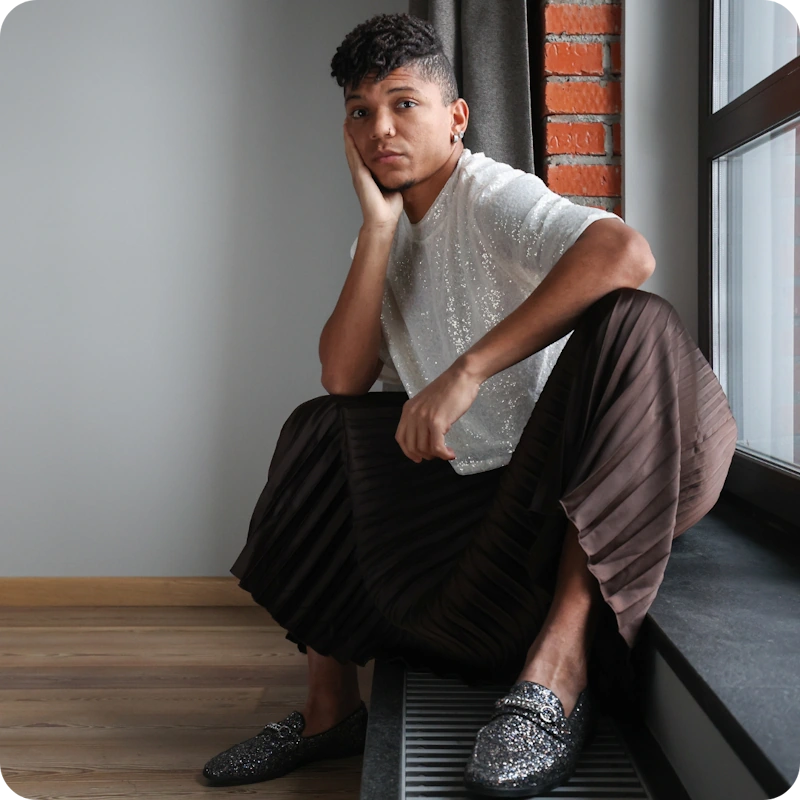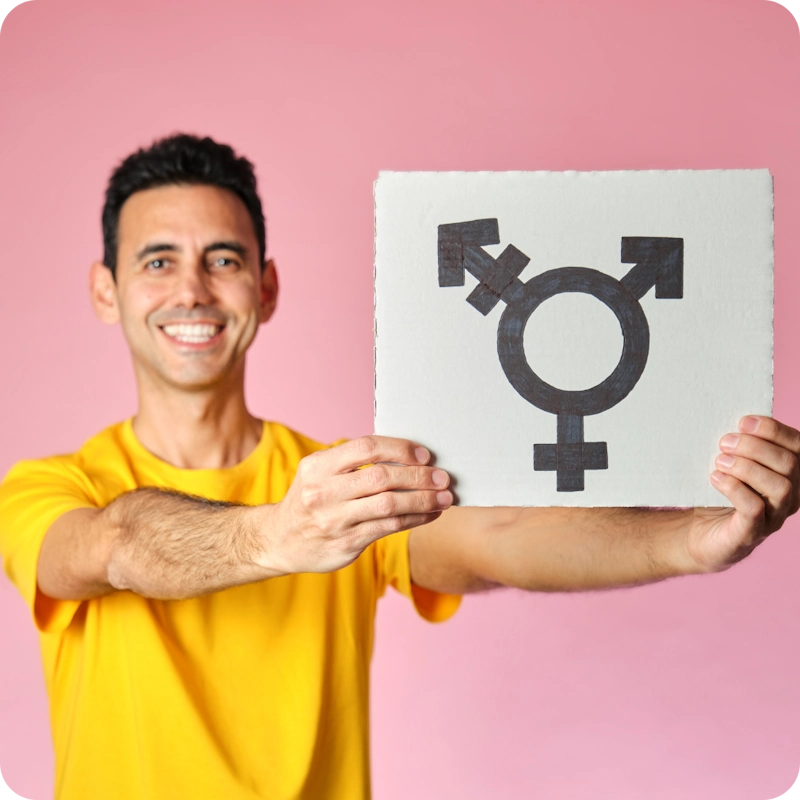Gender Identity
Gender identity is a deeply personal aspect of who we are. It can evolve over time as well, yet it remains widely misunderstood and often misrepresented. Explore the complexities of gender identity, and insights to foster understanding, inclusivity, and meaningful conversation for individuals and communities.


What is Gender Identity?
Gender identity is a person's deeply held sense of their own gender. This may be male, female, a blend of both, neither, or something else entirely. It's how individuals perceive themselves and what they call themselves. This may or may not align with the sex assigned at birth. Gender identity is an internal experience. It is separate from a person's physical appearance or sexual orientation. Everyone has a gender identity. Understanding and respecting someone's identity is essential to supporting their sense of self and dignity.

Understanding Gender Dysphoria
Gender dysphoria is the mental distress from when a person's gender identity does not match with the sex they were assigned at birth. This disconnect can cause significant emotional pain, anxiety, and discomfort. This is especially serious when someone is unable to express their true gender. It also happens when someone is misgendered. Gender dysphoria is a recognized medical condition. The diagnosis of gender dysphoria can be made by mental health professionals. Treatment options vary based on individual needs. Options may include counseling and hormone therapy. Gender-affirming surgeries might also be considered. All of these can help alleviate symptoms. They also improve overall well-being. Support from affirming healthcare providers, family, and community also plays a critical role in a person's journey toward feeling comfortable and confident in their identity.
Supporting Transgender and Gender Diverse People
Supporting transgender and gender diverse people starts with respect and empathy. A willingness to learn and change is also important. One of the most powerful ways to show support is by using a person's correct name and pronouns. This is simple. It affirms their identity and helps create a sense of belonging.
It's also important to understand that transgender and gender diverse individuals often face significant discrimination. This includes barriers to healthcare, employment, and safety. Create an inclusive environment. Challenge harmful stereotypes. Stand up against bias, and promote policies that protect gender-diverse individuals.
Communities should foster open-mindedness. People should listen without judgment, and educate themselves and others. By doing these things, we can help build a world where everyone feels seen, respected, and valued.



